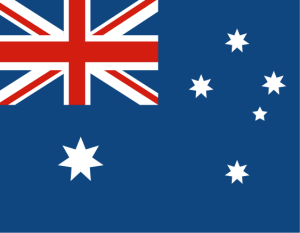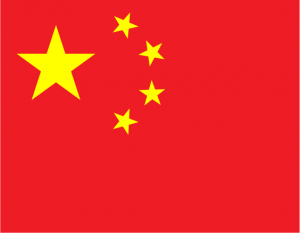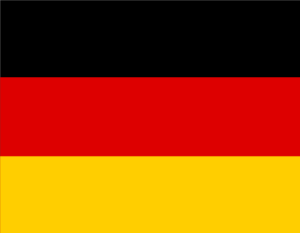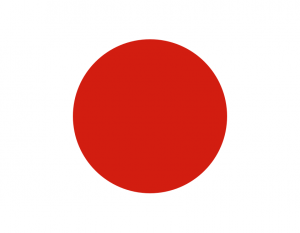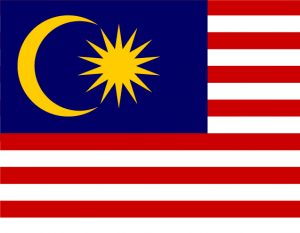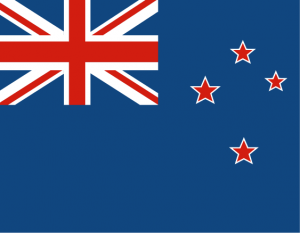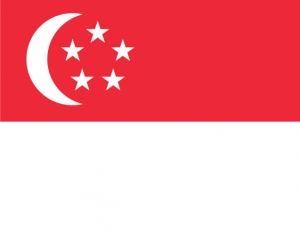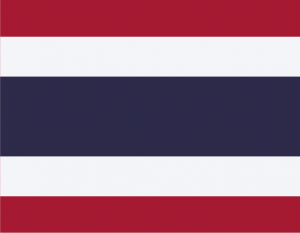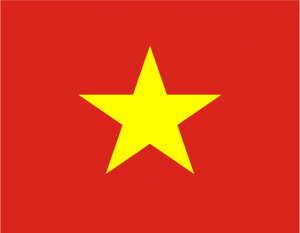How to start trading with China in four steps
From making payments to understanding currencies, we’ve outlined four key steps to help your business start trading with China.

“I want to begin sourcing products from China, but I don’t know where to start. How do I make sure the supplier I decide upon is reputable and won’t leave me high and dry with poor quality products?”
Online B2B marketplaces and directories that connect Western businesses with the East, like Alibaba, are a good place to start. It’s worth conducting due diligence from the comfort of your desk in the UK as “trusted” status on some marketplaces can be “purchased” for the price of a fixed subscription fee, so it isn’t necessarily indicative of the past or future performance of the supplier. To help, Alibaba has a Trade Assurance scheme to protect your order if you’ve paid through Alibaba.com.
Once you’ve done your initial marketplace research (and perhaps even ordered a few samples), the next step is to reach out to your peer network to see if there are any suppliers they’ve done business with that they would personally recommend.
Unfortunately, many online sellers’ competitive advantages lie in their supplier network, so asking them to divulge their secrets might not land you with the word of mouth recommendations you were hoping for, but it doesn’t hurt to ask. Finally, a trip to the Canton Fair or visiting select manufacturers and warehouses on the ground in China (perhaps those that you originally found on online B2B marketplaces) is the most sure-fire way to establish productive working relationships and build trust on both sides.
Exporting was probably summed up best by Will Butler Adams, CEO of Brompton Bikes. He told us businesses just need to “Get out there, have a laugh, meet some funny people, eat weird food, drink funny whisky. Exporting is a good laugh. It’s a such a no-brainer.”
In short, there are no guaranteed cheap and/or quick ways to find a supplier in China – there are very few shortcuts that don’t result in lots of trial and error for online sellers.
- Open 10+ local currency accounts with local account details
- Direct CNH payments to 1688.com
- Pay suppliers, partners and staff in 40+ currencies and 130+ destinations
- Collect secure payments from 100+ marketplaces and payment gateways, including Amazon, AliExpress, Paypal and Shopify
- Lock in currency conversion rates for up to 24 months
I want to pay my Chinese supplier in RMB, can you help?
Yes, WorldFirst can reach banks anywhere in China, so you can use a World Account to pay your Chinese suppliers. Our fast and secure payments make it easy to pay your overseas suppliers.
Where can I sell my products in China?
TMall, JD.com and Kaola are all popular marketplaces that cater to the domestic Chinese market. Alongside those, a rise in social media platforms offering eCommerce capabilities and features, such as WeChat Shops, allows huge audiences to seamlessly purchase products without having to leave the social media site, a boon for a country almost surgically attached to their smartphones. And if your brand can handle the lower exposure, launching your own standalone eCommerce site could offer you more ownership over the customer experience (and cut out commission costs per sale), providing you get the UX right and can handle longer loading speeds that turn off local shoppers used to snappy domestically-hosted websites.
What is the difference between CNH and CNY?
Currency in China can be confusing. Some call it RMB, short for renminbi, while you may also hear people refer to it as the ‘yuan’. CNH is used for international trade, while CNY is used for domestic payments. You can find out more in our guide to paying Chinese suppliers in RMB.

Disclaimer: These comments are the views and opinions of the author and should not be construed as advice. You should act using your own information and judgement. Whilst information has been obtained from and is based upon multiple sources the author believes to be reliable, we do not guarantee its accuracy and it may be incomplete or condensed. All opinions and estimates constitute the author’s own judgement as of the date of the briefing and are subject to change without notice. Please consider FX derivatives are high risk, provide volatile returns and do not guarantee profits.

How does WorldFirst work?
Take a look at how WorldFirst allows businesses to make easy, fast and secure cross-border payments.
Jul / 2024
Product sourcing from China: How to get started
Learn about everything you need to know about product sourcing from China, right from finding suppliers to choosing the most cost-effective
Jul / 2024
How to Pay Suppliers in China?
Check out a look at the different payment methods online sellers can use to pay suppliers in China
Jul / 2024Choose a category below for more business, finance and foreign exchange support from WorldFirst.
- Almost 1,000,000 businesses have sent USD$150B around the world with WorldFirst and its partner brands since 2004
- Your money is safeguarded with leading financial institutions





